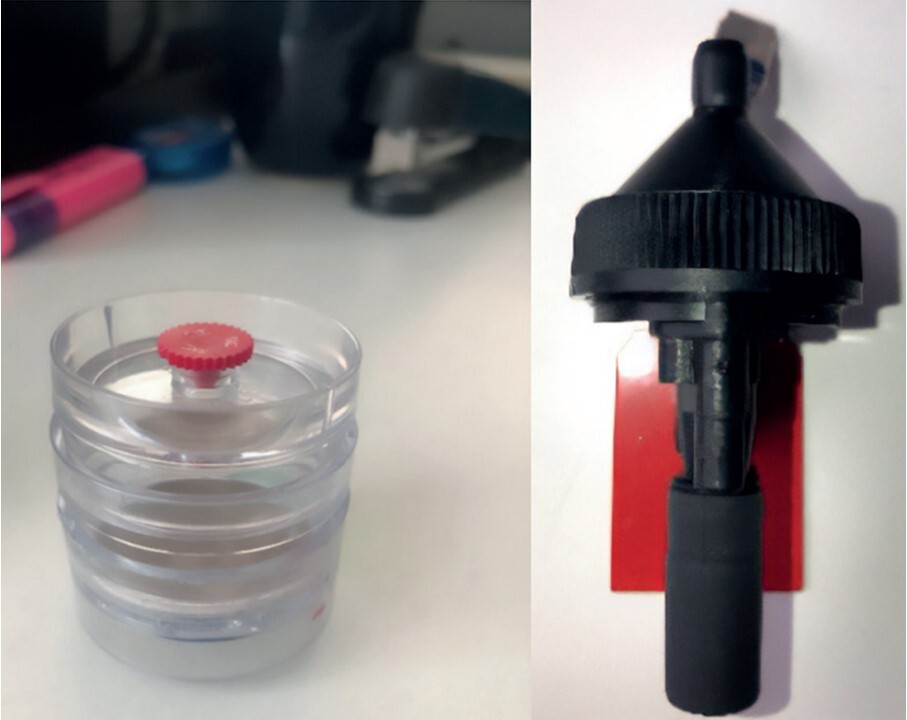Online first
Current issue
Archive
Most cited in 2024
About the Journal
Editorial Office
Editorial Board
Copyright and self-archiving policy
Information clause on the processing of personal data
Declaration of accessibility
Instructions for Authors
Instructions for Reviewers
Contact
Reviewers
2024
2023
2022
2020
2021
2019
2018
2017
2016
2015
2014
2013
Editing and translations
ORIGINAL PAPER
Assessment of occupational exposure to elemental carbon in plants using diesel machinery and equipment
1
Centralny Instytut Ochrony Pracy – Państwowy Instytut Badawczy / Central Institute for Labour Protection – National Research Institute, Warszawa, Polska (Zakład Zagrożeń Chemicznych, Pyłowych i Biologicznych / Department of Chemicals, Aerosols and Biological Hazards)
Online publication date: 2023-03-21
Corresponding author
Małgorzata Szewczyńska
Centralny Instytut Ochrony Pracy – Państwowy Instytut Badawczy, Zakład Zagrożeń Chemicznych, Pyłowych i Biologicznych, ul. Czerniakowska 16, 00-701 Warszawa
Centralny Instytut Ochrony Pracy – Państwowy Instytut Badawczy, Zakład Zagrożeń Chemicznych, Pyłowych i Biologicznych, ul. Czerniakowska 16, 00-701 Warszawa
Med Pr Work Health Saf. 2023;74(2):93-102
KEYWORDS
occupational exposureexposure assessmentelemental carbondiesel exhaustthermo-optical analysisdiesel exhaust marker
TOPICS
ABSTRACT
Background: This paper presents and discusses the results of the determination of elemental carbon emitted in diesel engine exhaust into the air of workplaces where machines and equipment with diesel engines are used. In order to assess occupational exposure to elemental carbon (EC) as a marker of exhaust gases emitted by diesel engines, 51 ground-based workplaces where people who operate or maintain equipment with this type of engine work were measured. Measurements were also carried out at 9 workplaces in non-coal mines. Material and Methods: For air sampling at workplaces of diesel exhaust emitting machines and equipment located on the surface, a cartridge sampler without an impactor with a quartz filter was used for elemental carbon determination, while for measurements in non-coal mines the Higgins-Dewell Cyclone FH022 respirable fraction sampler was used. The thermo-optical carbon analysis method using a flame ionisation detector was used to determine elemental carbon. Results: Analysis of the results of the determined elemental carbon concentrations at workplaces located on the ground, i.e., in car repair shops, and in the steelworks where combustion forklifts are operated, showed that the highest concentrations of elemental carbon were determined at the old forklift workplaces in the steelworks. The determined EC concentrations at these workstations were 353 μg/m3 and 78 μg/m3, respectively. In the non-coal mines, elemental carbon concentrations were in the range of 7.5–50 μg/m3. Conclusions: Exposure assessment at the surveyed workplace in the steelworks showed the highest 7-fold exceedance of the maximum admissible concentration (MAC) at the position of the combustion forklift operator. At the other surveyed workplaces in the car repair shop the marked concentrations were in the range of 0.1–0.5 MAC or <0.1 MAC. In non-coal mines, the determined concentrations ranged 0.12–1 times the MAC. Med Pr. 2023;74(2):93–102
We process personal data collected when visiting the website. The function of obtaining information about users and their behavior is carried out by voluntarily entered information in forms and saving cookies in end devices. Data, including cookies, are used to provide services, improve the user experience and to analyze the traffic in accordance with the Privacy policy. Data are also collected and processed by Google Analytics tool (more).
You can change cookies settings in your browser. Restricted use of cookies in the browser configuration may affect some functionalities of the website.
You can change cookies settings in your browser. Restricted use of cookies in the browser configuration may affect some functionalities of the website.






